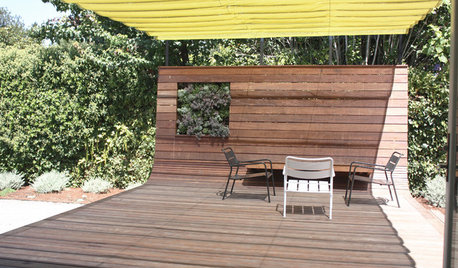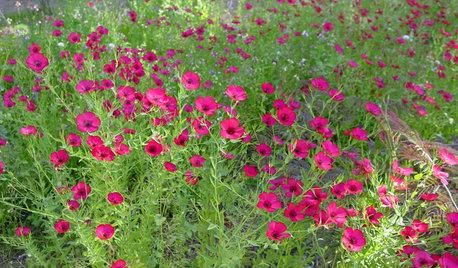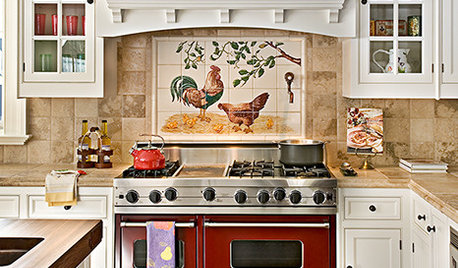Confused about fertilizing indoor plants
danesnpits
10 years ago
Featured Answer
Comments (8)
dsws
10 years agoTiffany, purpleinopp Z8b Opp, AL
10 years agoRelated Professionals
Londonderry Landscape Architects & Landscape Designers · Ashland Landscape Architects & Landscape Designers · Ballenger Creek Landscape Architects & Landscape Designers · River Forest Landscape Architects & Landscape Designers · McKinney Landscape Contractors · Westwood Landscape Contractors · Edmond Landscape Contractors · Canby Landscape Contractors · Gainesville Landscape Contractors · Quincy Landscape Contractors · Round Lake Landscape Contractors · Severna Park Landscape Contractors · Streamwood Landscape Contractors · Thornton Landscape Contractors · Chicago Ridge Landscape Contractorspetrushka (7b)
10 years agotapla (mid-Michigan, USDA z5b-6a)
10 years agodsws
10 years agodanesnpits
10 years agorhizo_1 (North AL) zone 7
10 years ago
Related Stories

HOUSEPLANTS10 Top Plants to Grow Indoors
Brighten a room and clean the air with a houseplant that cascades artfully, stretches toward the ceiling or looks great on a wall
Full Story
HOUSEPLANTS8 Essentials for Healthy Indoor Plants
Houseplants add so much to our homes — and can thrive when grown in the right conditions. Keep these tips in mind
Full Story
GARDENING GUIDESCommon Myths That May Be Hurting Your Garden
Discover the truth about fertilizer, soil, staking and more to keep your plants healthy and happy
Full Story
GARDENING GUIDESNew Ways to Think About All That Mulch in the Garden
Before you go making a mountain out of a mulch hill, learn the facts about what your plants and soil really want
Full Story
DECKSA Family-Friendly California Yard Wises Up About Water
Pavers and unthirsty plants replace Kentucky bluegrass in a Menlo Park landscape for a family of 4
Full Story
CONTAINER GARDENSContainer Garden Basics: How and When to Water Potted Plants
Confused about soil moisture, the best time to water and what watering device to use? This guide can help
Full Story
GARDENING GUIDESSouthwest Gardener's August Checklist
Manage monsoon effects, remember to fertilize and don't let the heat deter you from planting for fall
Full Story
DECORATING GUIDESRooster Decorating Worth Crowing About
Put the kibosh on kitsch with these ideas for strutting your rooster-motif stuff in moderation
Full Story
GREEN BUILDINGWhat's LEED All About, Anyway?
If you're looking for a sustainable, energy-efficient home, look into LEED certification. Learn about the program and its rating system here
Full Story
CONTRACTOR TIPSBuilding Permits: What to Know About Green Building and Energy Codes
In Part 4 of our series examining the residential permit process, we review typical green building and energy code requirements
Full Story









dsws